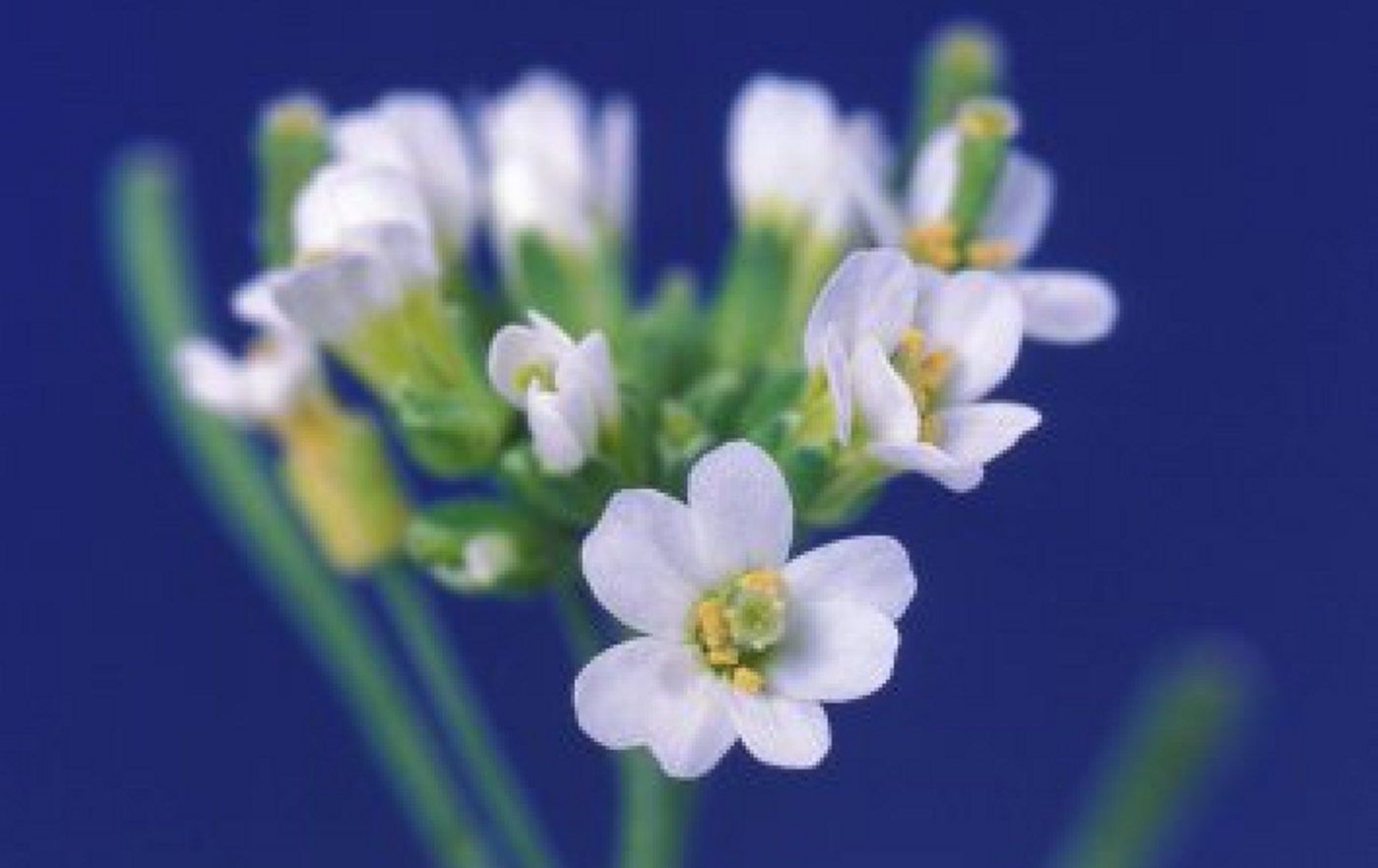Towards a Better Understanding of Genetic Modifications in Plants
Scientists have taken a close look at what happens on the molecular level when DNA is inserted into the genome of a plant. They determined the genetic sequence and epigenetic features of plants that had been genetically modified using routine methods, and have shown that it’s possible to find out exactly how genetic engineering affects plants. The work has been reported in PLOS Genetics.
"This was really a starting point for showing that it's possible to use the latest mapping and sequencing technologies to look at the impact of inserting genes into the plant genome," said Joseph Ecker, a professor in the Salk Institute's Plant Molecular and Cellular Biology Laboratory and head of the Genomic Analysis Laboratory and Howard Hughes Medical Institute Investigator.
Scientists use a bacterium called Agrobacterium tumefaciens when they want to insert a gene into a plant, whether to change a plant’s growing conditions, nutritional content, or for research purposes (as explained in the video). The bacterium is naturally able to transfer genetic material into the plant genome, which was discovered after the microbe was found causing tumors in trees.
Scientists have learned that the transfer-DNA (T-DNA) capabilities of Agrobacterium might also cause unintended changes to the physical and chemicals characteristics of plant DNA. "Biotech companies spend a lot of time and effort to characterize transgenic plants and disregard candidates with unwanted changes without understanding from a basic biological perspective why these changes may have occurred," said Ecker. "Our new approach offers a way to better understand these effects and may help to speed up the process."
"The biggest unknown was whether, and how many copies of, the T-DNA were inserted at the same time as the piece you wanted," noted the co-first author of the work Florian Jupe, a former Salk research associate now with Bayer Crop Science. Because many copies of a gene might be inserted, it can be challenging to understand exactly what’s happened using typical molecular techniques; repetitive stretches are tough to sequence.
In this work, the scientists combined cutting-edge tools - nanowire sequencing and optical mapping to a typical plant research model, Arabidopsis thaliana. The team found that between one and seven different insertions or rearrangements happened in a range of patterns including inversions and scrambles.
After also looking at histones, the proteins that help package DNA and in turn, impact gene activity, the researchers found other changes due to T-DNA. Some histone modifications near the insertion disappeared or appeared. "Now we have the first high-resolution insights on how T-DNA insertions can shape the local epigenome environment," said Zander.
The ideal situation would be for T-DNA to only insert one functional copy of the gene of interest, without causing other effects, the researchers said. Their work shows that to be an unlikely scenario; however, it is possible to fully assess the impact of the insertion.
"With Arabidopsis, it's relatively easy because it has such a small genome, but because of continued improvements in DNA sequencing technology, we expect this approach will also be possible for crop plants," added Ecker. "Current methods require screening of hundreds of transgenic lines to find good performing ones, such as those without extra insertions, so this technology could provide a more efficient approach."
Sources: AAAS/Eurekalert! via Salk Institute, PLOS Genetics



![WGS for rare disease diagnosis [eBook]](https://d3bkbkx82g74b8.cloudfront.net/eyJidWNrZXQiOiJsYWJyb290cy1pbWFnZXMiLCJrZXkiOiJjb250ZW50X2FydGljbGVfcHJvZmlsZV9pbWFnZV84MmRlM2UyYjA5M2Q3ZTYwOTI3Zjc1YTRjOWU2N2RmMjkzMThjMTJkXzI1MDcucG5nIiwiZWRpdHMiOnsidG9Gb3JtYXQiOiJqcGciLCJyZXNpemUiOnsid2lkdGgiOjcwMCwiaGVpZ2h0IjozNTAsImZpdCI6ImNvdmVyIiwicG9zaXRpb24iOiJjZW50ZXIiLCJiYWNrZ3JvdW5kIjoiI2ZmZiJ9LCJmbGF0dGVuIjp7ImJhY2tncm91bmQiOiIjZmZmIn19fQ==)






